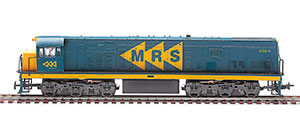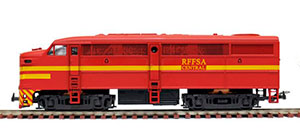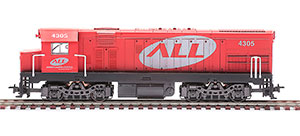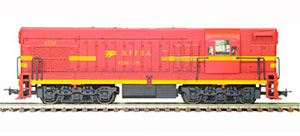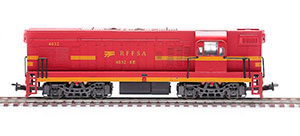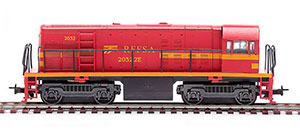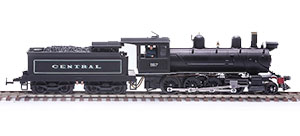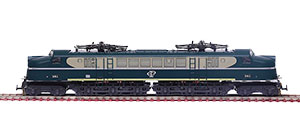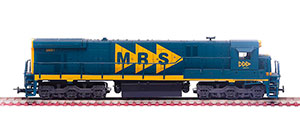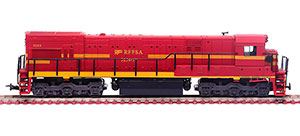Products > Locomotives >
Consolidation
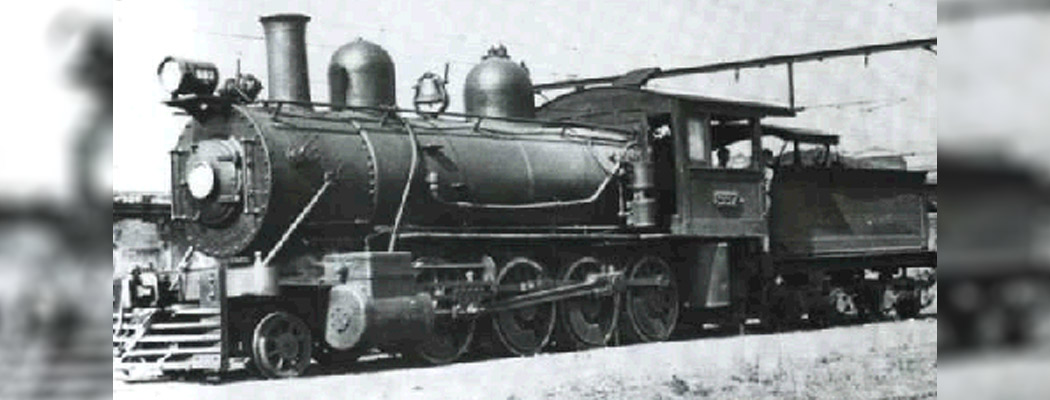
The Consolidation are steam locomotives that have two guide bogie wheels, eight driving wheels and do not have a rear guide bogie. For this reason, according to the "WHITE" classification for steam locomotives, they are coded as 2-8-0. The Consolidations were so called because several railroads joined the "LEHIGH VALLEY" system, at the time of the construction of the first 2-8-0s for that railroad. They were built after 1866 and were used mainly for freight service, due to their small diameter driving wheels. For this same reason they had great speed limitations. Our prototype was built by Baldwin Locomotive Works, however, most major steam locomotive manufacturers built thousands of Consolidations between 1866 and 1930. This is typical of the late 19th century and was used by almost all railroads, both standard gauge , as wide or narrow, throughout the world. The first Consolidation of the Brazilian Central Railway were the 500 series and date from 1877 to 1915. This prototype specifically dates from January 1909 and operated freight trains until 1960, during the period of dieselization.

3010 - CONSOLIDATION EFCB

3011 - SÃO PAULO RAILWAY COMPANY

3046 - SOROCABANA RAILROAD

3121 - PENNSYLVANIA

3126 - ATCHISON TOPEKA

3127 - BALTIMORE & OHIO

3132 - DENVER & RIO GRANDE WESTERN
Technical Characteristics
Shooting: 2-8-0 Consolidation
Manufacturer: Baldwin Locomotive Works
Nº E.F Central Brazil: 557
Nº Baldwin: 33167
Year of manufacture: 1908
Entry into Service: Jan. 1909
Downloaded: 1960
Locomotive Weight: 60.341 kg
Loaded Tender Weight: 32.659 kg
Total weight: 93.200 kg
Distribution: Stephenson
Total length: 18,3 m
Tractive force: 14.542 kg




